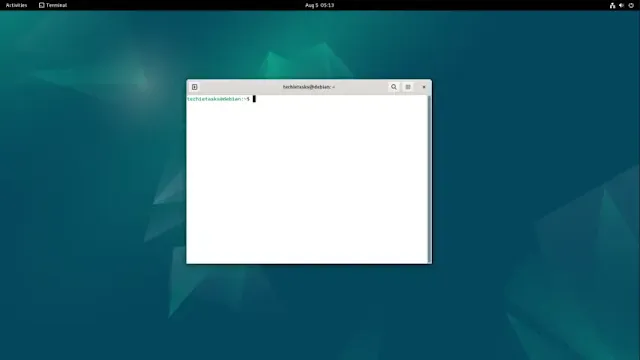Managing boot options is a common task for Linux users, and enabling or disabling OS Prober requires modifying the GRUB configuration file. Here’s a step-by-step guide to walk you through the process.
Step 1: Open the GRUB Configuration File Start by opening a terminal. Use a text editor to edit the GRUB configuration file. For example, with nano, type: sudo nano /etc/default/grub
Step 2: Find or Add the OS Prober Line Look for the line that defines GRUB_DISABLE_OS_PROBER. If it’s missing, add it.
- To enable OS Prober, set the value to false: GRUB_DISABLE_OS_PROBER=false
- To disable OS Prober, set the value to true: GRUB_DISABLE_OS_PROBER=true
Step 3: Save and Exit the Editor For nano, press Ctrl + X, then Y, and finally Enter to save changes and exit.
Step 4: Update GRUB To apply your changes, update GRUB by typing: sudo update-grub
Step 5: Reboot Your System Restart your computer to see the changes take effect.
Additional Notes
- If the OS Prober package is not installed, you can install it using your distribution’s package manager. For example: sudo apt install os-prober (Debian-based systems)
- Commands for updating GRUB may differ depending on your distribution. For instance:
- Arch Linux: sudo grub-mkconfig -o /boot/grub/grub.cfg
Conclusion By following these steps, you can easily enable or disable OS Prober to manage your system's boot options. Always remember to proceed with caution when modifying system configurations, as these changes can affect your system's boot behavior.

